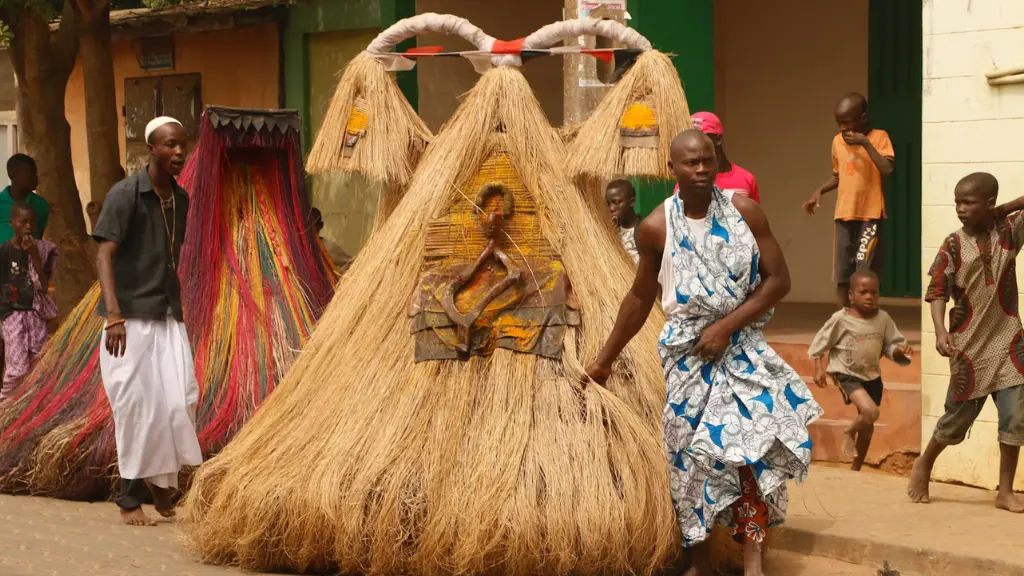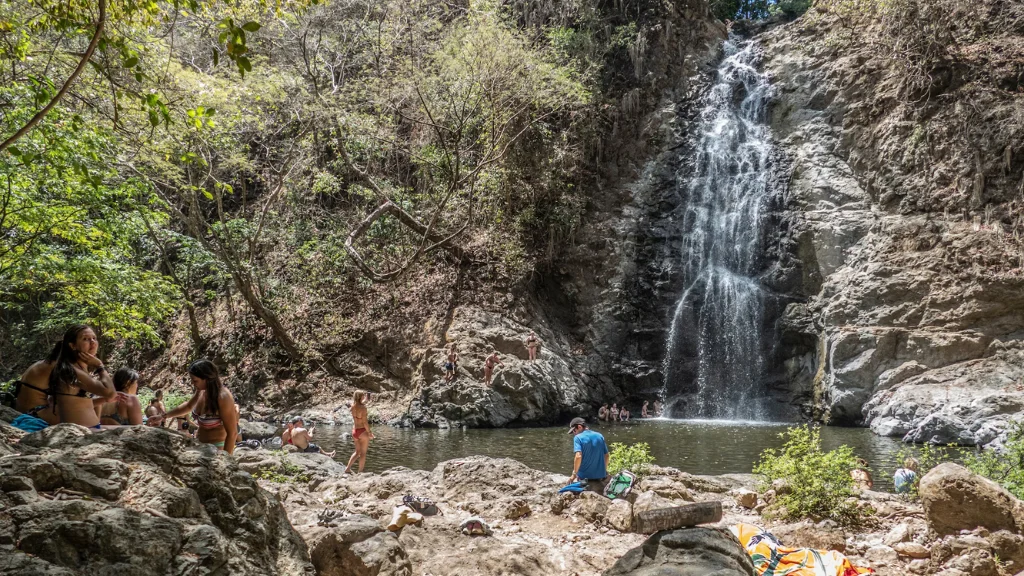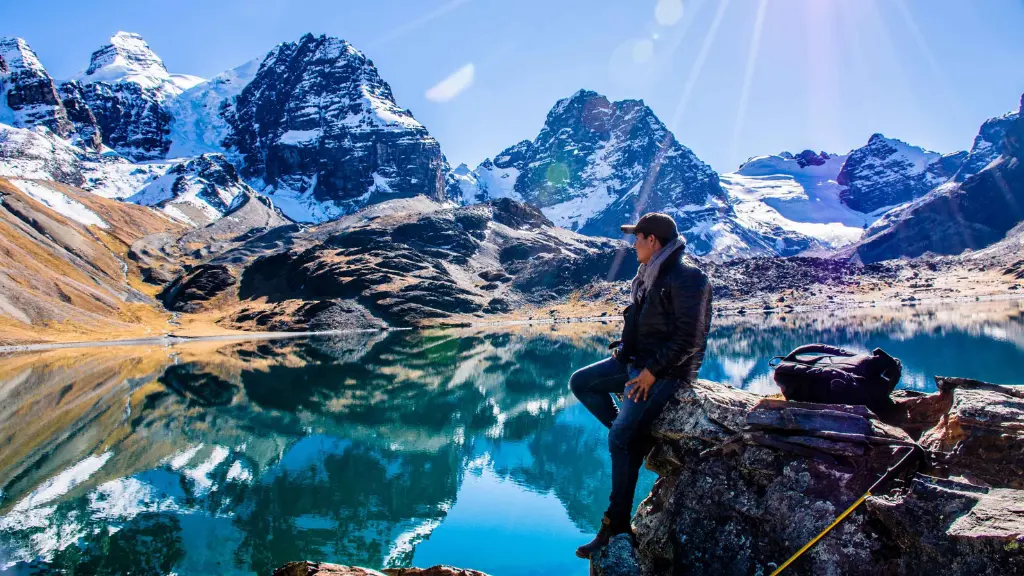Benin, a vibrant West African country, offers visitors a unique blend of history, culture, and natural beauty. From the rich heritage of the ancient Kingdom of Dahomey to the stunning Pendjari National Park, Benin has something for everyone.
Deciding when to visit depends on your preferences for weather, festivals, and activities. Here’s a comprehensive guide to help you plan the perfect trip.
You May Also Like: Travel Smart in England with these Local Tips!

Understanding Benin’s Climate
Benin has a tropical climate with two main seasons: wet and dry. The country is divided into two climatic zones:
- Northern Benin: Hot and semi-arid.
- Southern Benin: Humid with a coastal influence.
- Dry Season (November to April): Clear skies, less humidity, and ideal for outdoor activities.
- Rainy Season (May to October): Increased rainfall, lush landscapes, and cooler temperatures.
Visiting Benin During the Dry Season
The dry season is considered the best time to visit Benin due to favorable weather conditions.
Advantages of Traveling in the Dry Season
- Comfortable Weather: Warm days with lower humidity make exploring more pleasant.
- Wildlife Viewing: The dry season is the prime time for visiting Pendjari National Park as animals gather around waterholes.
- Cultural Festivals: Many traditional festivals, such as the Voodoo Festival, occur in the dry months.
Highlights of the Dry Season
- Pendjari National Park Safari: Spot elephants, lions, and hippos in this UNESCO-listed reserve.
- Voodoo Festival in Ouidah (January): Experience the vibrant rituals and traditions of Benin’s unique spiritual heritage.
- Exploring Abomey: Visit the Royal Palaces of Abomey, a UNESCO World Heritage Site.
Rainy Season in Benin
Though less popular among tourists, the rainy season has its own charm.
Why Visit During the Rainy Season?
- Lush Greenery: The countryside comes alive with vibrant colors, perfect for nature lovers and photographers.
- Lower Tourist Crowds: Enjoy attractions without the crowds.
- Cooler Temperatures: Despite the rain, temperatures are often more bearable, especially in the south.
Challenges of the Rainy Season
- Travel Difficulties: Rural roads can become muddy and challenging to navigate.
- Frequent Showers: Outdoor activities may be interrupted by rain.
Seasonal Breakdown
November to February: The Ideal Time
- Weather: Dry, sunny, and mild.
- Activities:
- Attend the Voodoo Festival in January.
- Explore the historical city of Porto-Novo.
- Relax on the beaches of Grand-Popo.
- Wildlife: Best time for safaris in Pendjari National Park.
March to April: Transition Period
- Weather: Increasing humidity and occasional rain.
- Activities:
- Cultural tours in Abomey and Ouidah.
- Early beach trips before the rains begin.
May to October: Rainy Season
- Weather: Frequent rain, cooler temperatures.
- Activities:
- Explore lush landscapes in the Atakora Mountains.
- Discover Benin’s unique bird species, thriving in the wetlands.
- Visit museums and cultural centers during rainy spells.
Festivals and Events in Benin
Benin’s cultural calendar is rich with festivals that offer insights into its vibrant heritage.
Key Festivals
- Voodoo Festival (January): A celebration of Benin’s traditional religion, held in Ouidah.
- Gani Festival (March): Celebrated by the Bariba people in Parakou, showcasing traditional music and dance.
- Gelede Festival (April/May): A tribute to female ancestors, featuring masked dances in northern Benin.
Why Attend?
These festivals provide a unique opportunity to immerse yourself in Benin’s culture, interact with locals, and witness centuries-old traditions.
Practical Tips for Visiting Benin
- Health Precautions:
- Vaccinations for yellow fever are mandatory.
- Consider anti-malarial medication.
- Packing Essentials:
- Lightweight clothing for the humid climate.
- Waterproof gear for the rainy season.
- Comfortable walking shoes for exploring.
- Currency:
- Benin uses the West African CFA franc. Carry cash as cards may not be widely accepted in rural areas.
- Language:
- French is the official language. Learning basic French phrases can enhance your experience.
Top Attractions in Benin
- Ouidah: Known for its historical significance in the transatlantic slave trade and the Voodoo Festival.
- Pendjari National Park: A haven for wildlife enthusiasts and nature lovers.
- Abomey: Home to the Royal Palaces and a rich history of the Dahomey Kingdom.
- Porto-Novo: Benin’s capital city, blending colonial architecture with vibrant cultural scenes.
Conclusion
The best time to visit Benin largely depends on your interests. The dry season (November to April) is perfect for outdoor adventures and cultural festivals. Meanwhile, the rainy season offers quieter, greener landscapes. Whether you’re a wildlife enthusiast, a history buff, or a cultural explorer, Benin promises a rich and rewarding experience.
Start planning your Benin adventure today to uncover the hidden treasures of this West African gem!











[…] You May Also Like: When Is the Best Time to Visit Benin? […]